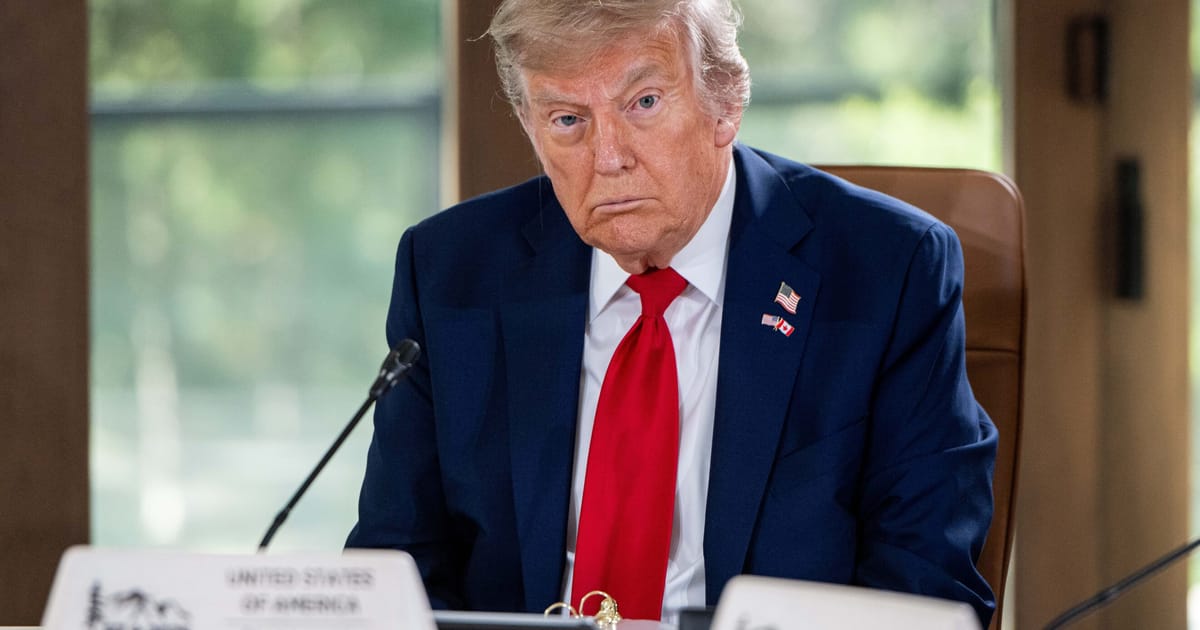The real action during the summit will be on defense budgets.
Secretary-General Mark Rutte has already telegraphed a new spending pledge of 5 percent of gross domestic product split into two tiers: 3.5 percent for traditional military spending and another 1.5 percent for broader strategic needs like infrastructure, civil preparedness and counter-hybrid threats. “It would encompass investments to promote defense and threat-free capacity,” Schulz said.
But Schulz made it clear that percentages alone don’t win wars. NATO has already spelled out its new capability targets — top-secret objectives that member countries need to acquire and maintain to fulfill NATO’s operational plans — and that will drive defense spending decisions in national capitals.
“Our key focus is on implementing the capability targets and improving the warfighting readiness of the Bundeswehr,” he said. The new targets are “much more demanding” than the earlier version agreed in 2021, before Russia launched its full-scale invasion of Ukraine.
To meet those targets, Berlin is rethinking its military manpower model.
Defense Minister Boris Pistorius has set a goal of recruiting up to 60,000 additional active troops, raising the Bundeswehr’s size to around 260,000. Under the proposed framework — modeled partly on Sweden’s system — 18-year-old men would complete a survey to gauge readiness and willingness to serve.
“Let me be clear,” Schulz said during the briefing, “this will not be the return of the old mandatory conscription for the time being,” though he acknowledged growing domestic debate around the topic.
It is unclear what happens if troop numbers fall short. German conservative MP Thomas Erndl, a defense policy expert, wants to take the voluntary model a step further, telling POLITICO recently that “compulsory elements will have to be introduced” if the Bundeswehr’s personnel needs cannot be met.
